The De Havilland Beaver is a legend in the world of bush planes—and one aircraft in particular, N232KT, has an especially rich and impressive aviation legacy. With serial number 52, this aircraft was among the earliest De Havilland DHC-2 Beavers ever produced. In 2025, we proudly celebrate its 77th birthday, making it the oldest operating aircraft in our fleet.
Early Service in Ontario’s Forests
Originally registered as CF-OCQ, this De Havilland Beaver was delivered on May 27, 1949, and formally certified on June 1, 1949. Its first assignment was with the Department of Lands and Forests in Sault Ste. Marie, Ontario, where it was used for forest patrol and resource management. By 1954, it had already logged 1,909 flight hours, proving its value as a rugged and reliable workhorse in Canadian bush operations.
A Journey Across British Columbia
In 1967, CF-OCQ moved west, joining Alert Bay Air Service in British Columbia. By the mid-1970s, its registration transitioned to C-FOCQ, and it passed through the hands of several aviation companies including Gulf Air Aviation Ltd., Air BC, J. Pattinson Industries, and McCully Aviation Ltd. This time period reflected the aircraft’s growing legacy as a dependable floatplane across Canada’s coastlines and interior.
Multiple Operators and a Makeover
Between 1988 and 1996, the aircraft saw service with several operators such as Air Rainbow Ltd., Island Hopper Aviation, and Air Rainbow Mid Coast, flying out of Port McNeill and Campbell River. In 2001, it underwent a major transformation: a new white and green paint job, an interior overhaul, and new passenger comfort features including grey cloth seating, wood floor, and trim—restoring the aircraft while preserving its character.
In 2002, Sealand Aviation Ltd. performed a comprehensive rebuild in Campbell River, extending the aircraft’s life and reliability. Later that year, it was purchased by Pacific Wings Ltd. and remained in operation until October 2005, when it was exported to the United States and re-registered as N52CQ. Its first U.S. operator was Western Adventure Seaplanes Inc. in Missoula, Montana, followed by Beaver Aircraft LLC and Tube Air Racing LLC of South Dakota. By 2015, the Beaver had accumulated a staggering 26,100 flight hours.
N232KT: A Proud Member of Our Alaska Fleet
On March 23, 2016, we welcomed this remarkable aircraft into our fleet. It was re-registered as N232KT on May 31, 2016, and has been proudly serving Alaska ever since, continuing its legacy of rugged reliability in one of the world’s most demanding aviation environments.
The De Havilland Beaver is often called the “workhorse of the North”, and N232KT is a shining example of why this aircraft has earned such a reputation. Its continued service across Canada and Alaska, decades of utility in forestry, tourism, and bush flying, and incredible total flight hours make it a symbol of engineering excellence.
Whether you’re an aviation enthusiast, a history buff, or planning your next Alaska adventure, N232KT’s story is one worth celebrating. We’re honored to operate this aircraft and keep its legacy flying high.
Source: DHC-2 Archive











.png)
.png)

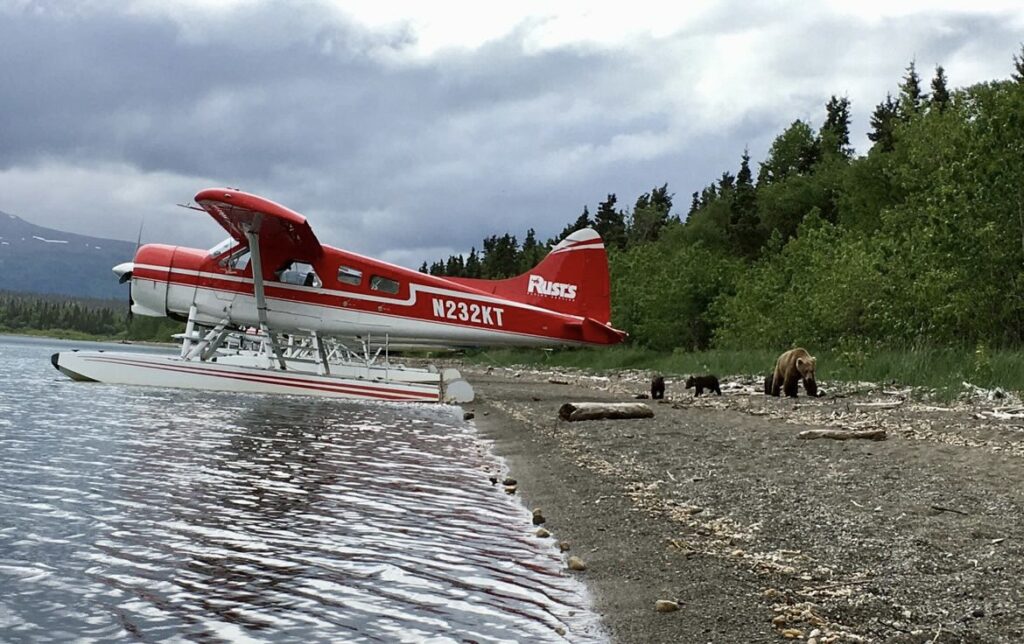
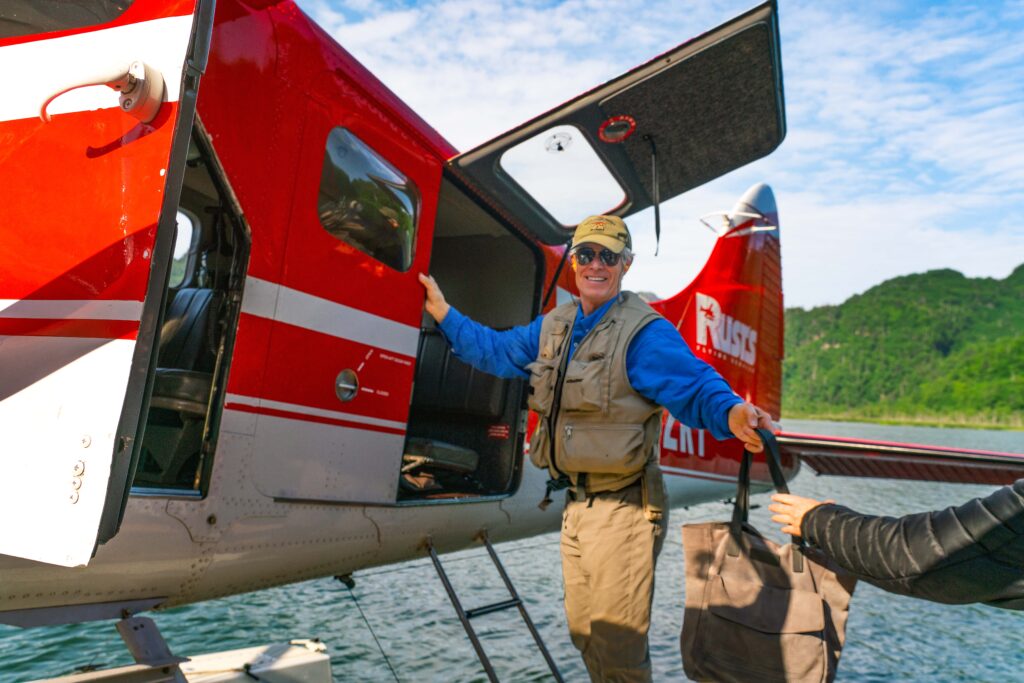
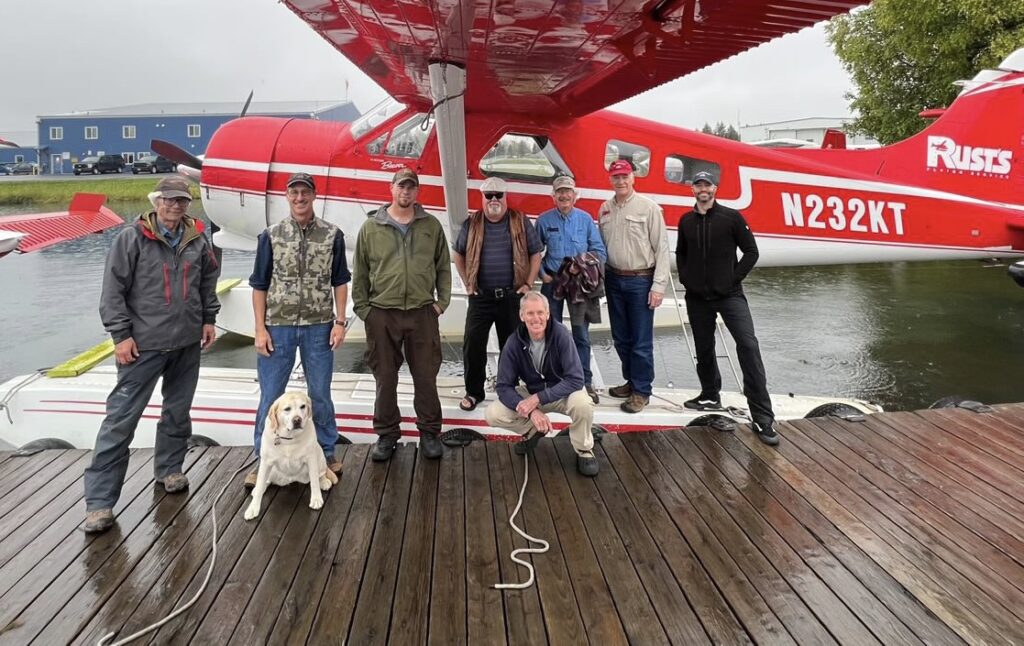

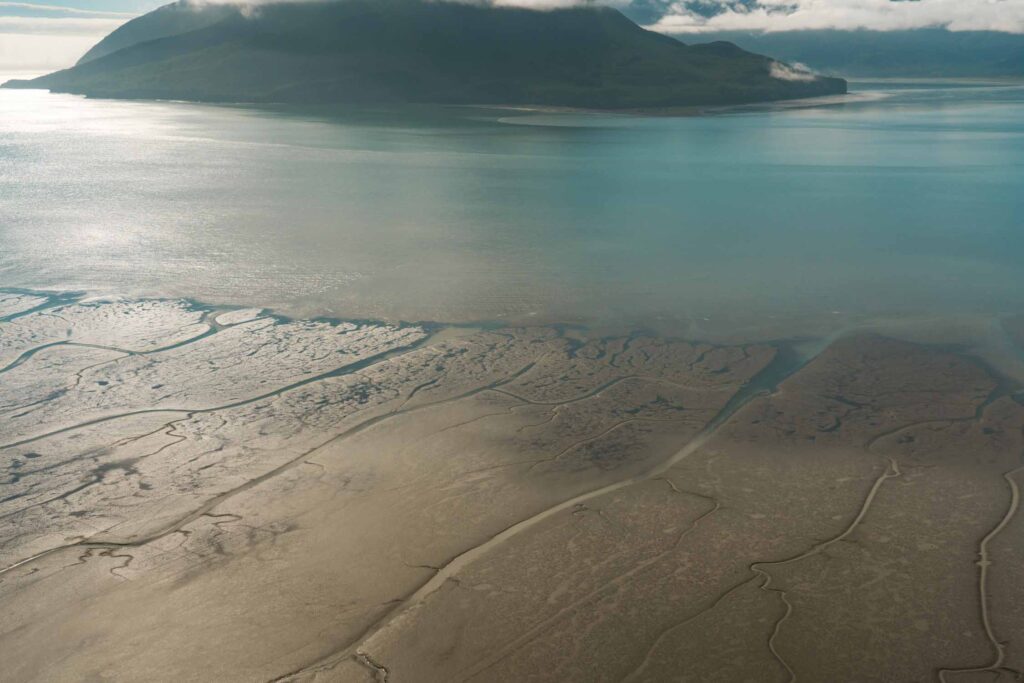
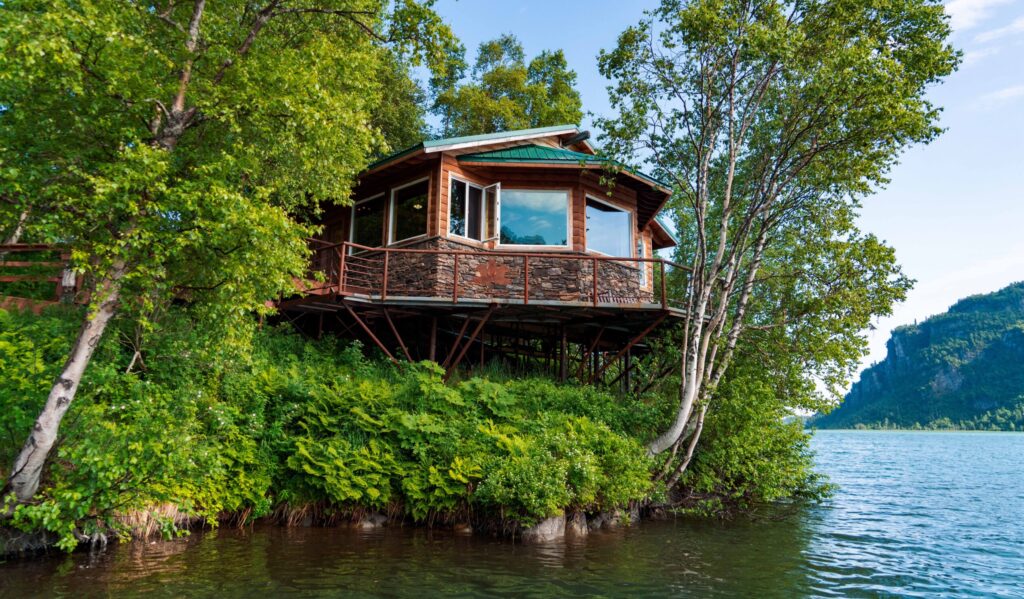
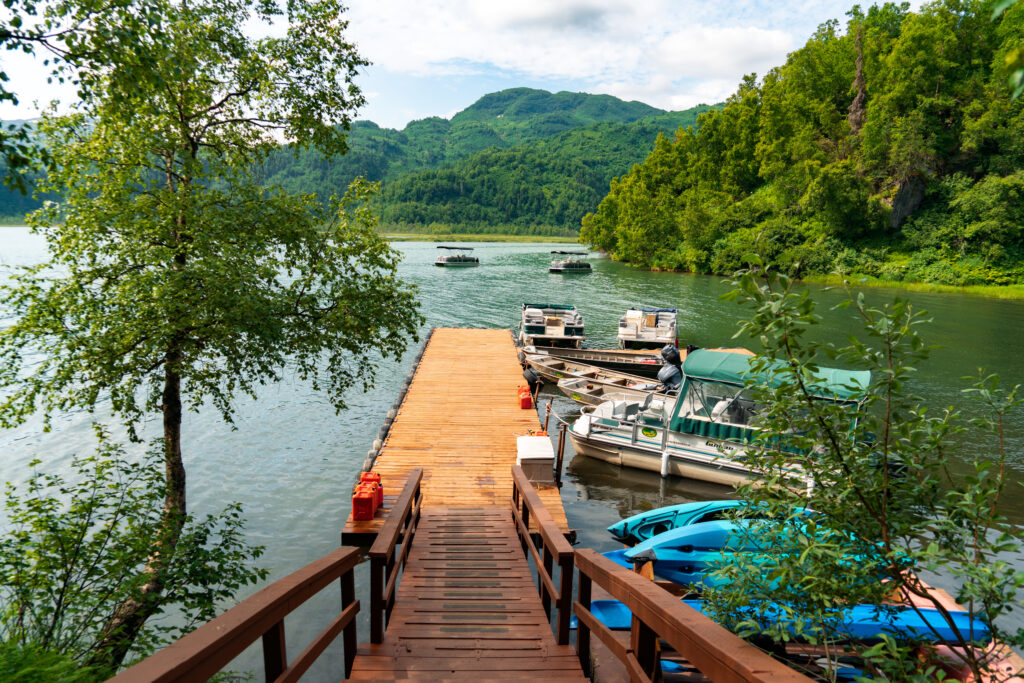
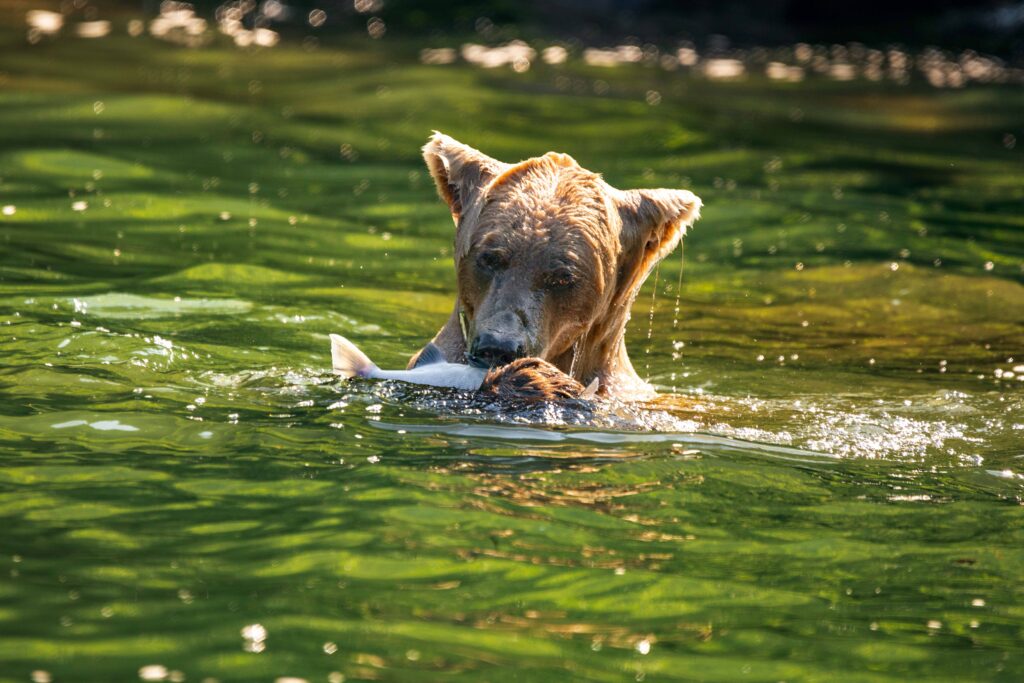
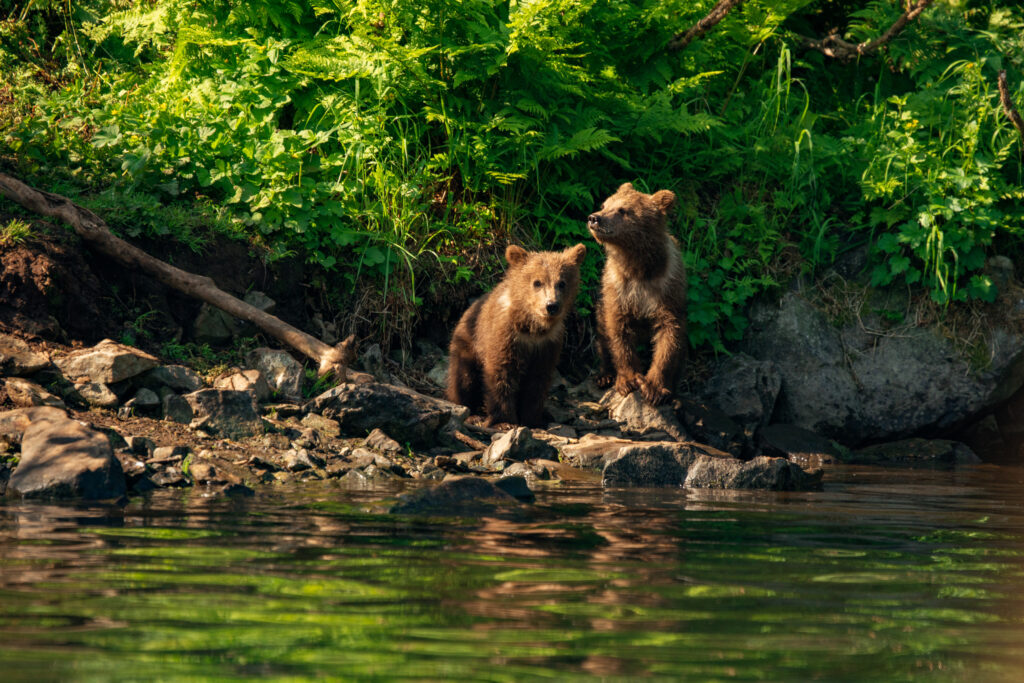
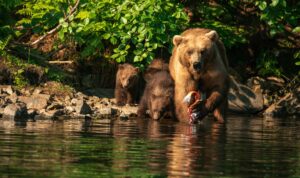
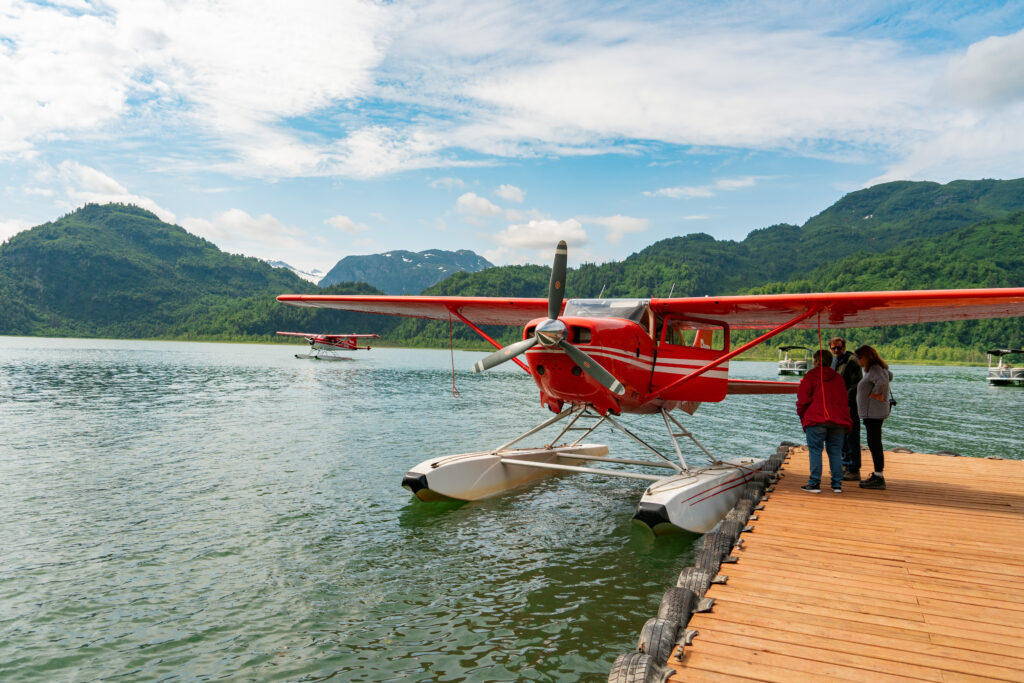
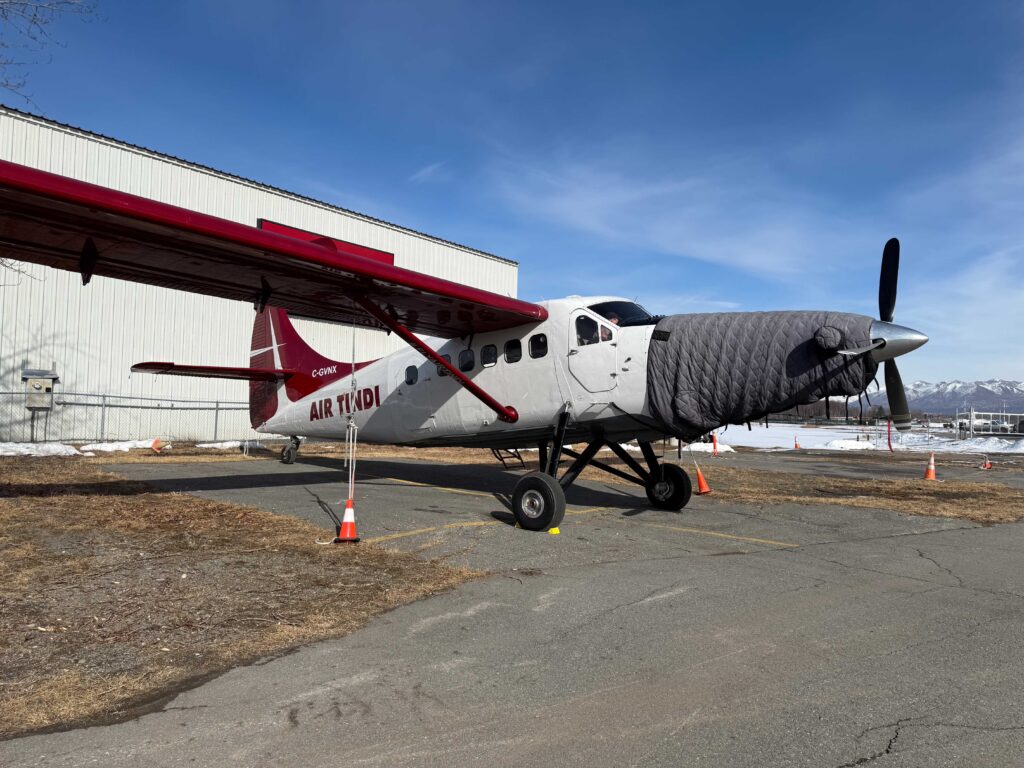
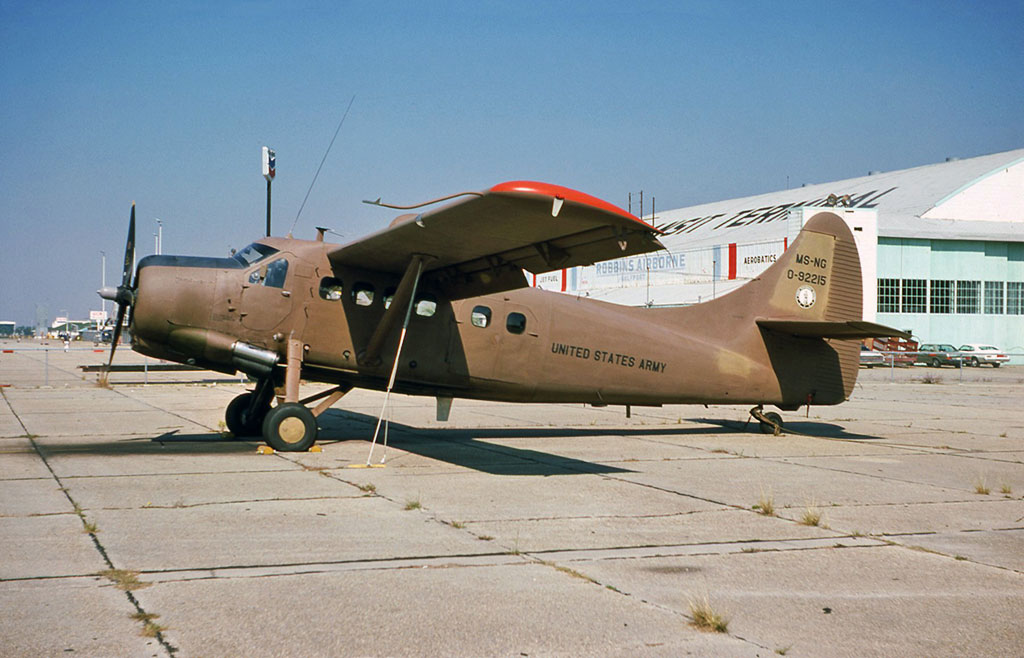
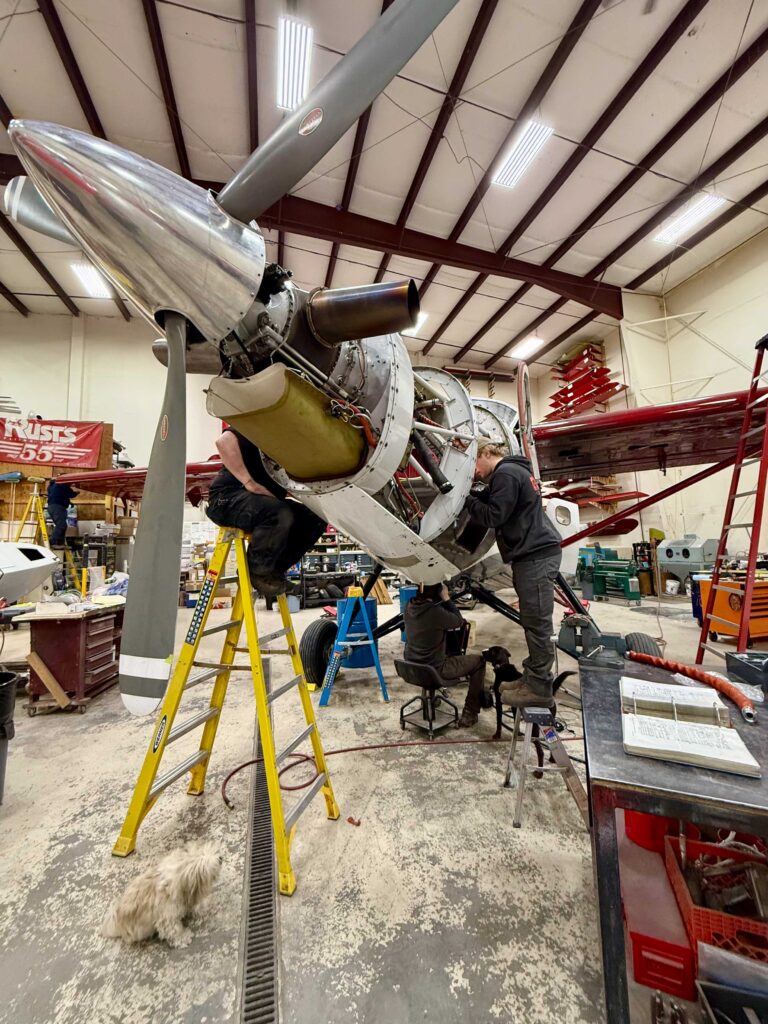
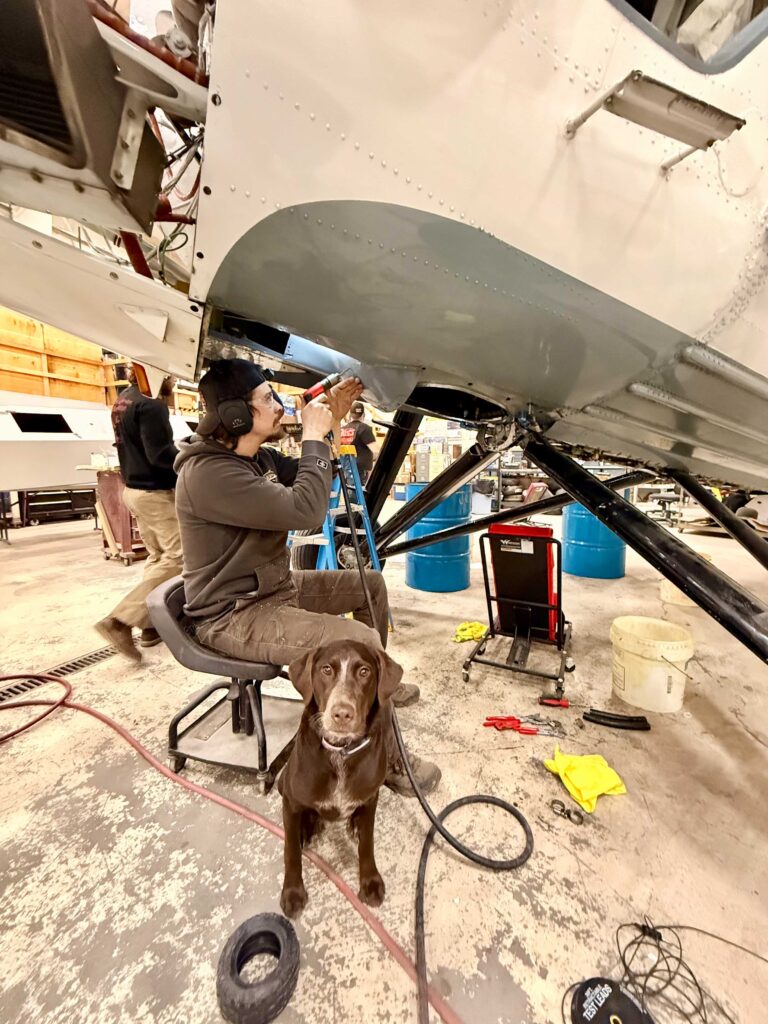
Recent Comments